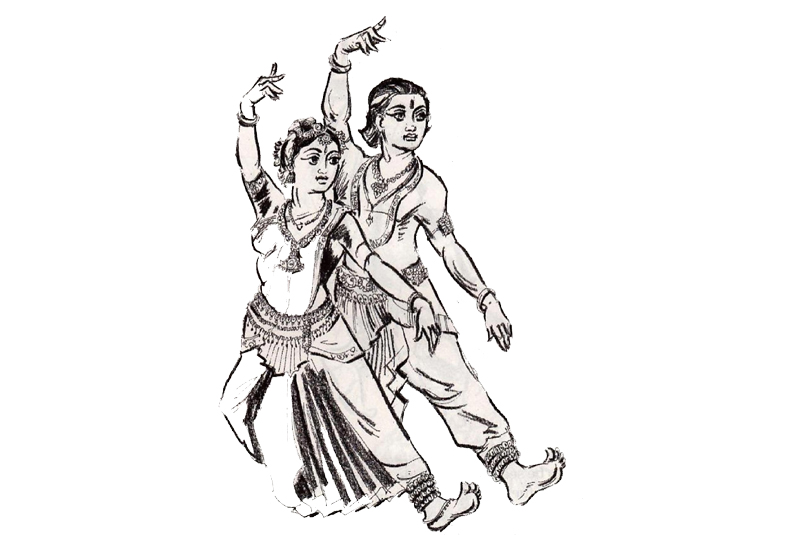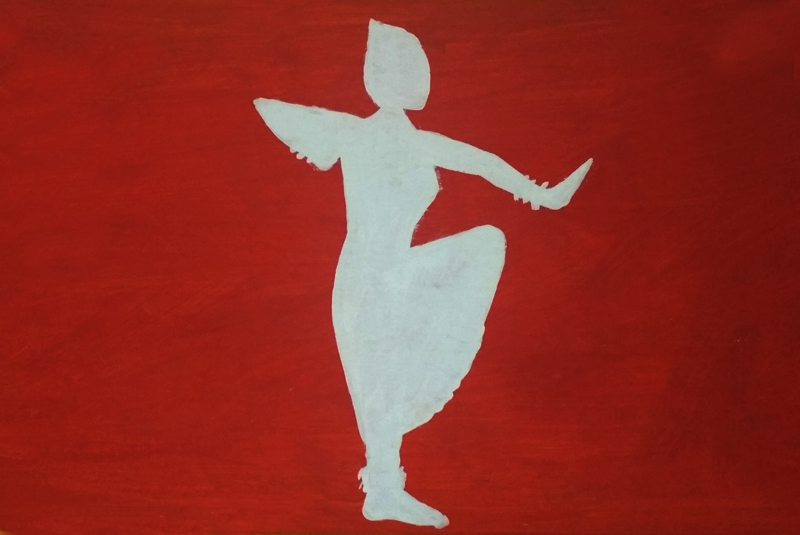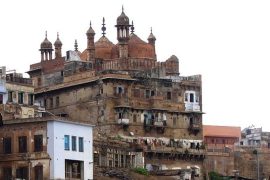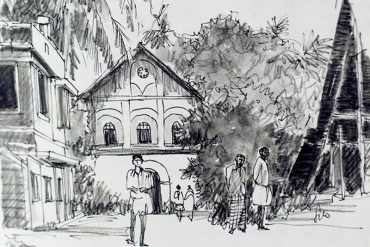Most Indian classical dance forms originated from the ‘Natya Shashtra,’ considered the fifth Veda. One of them is Kuchipudi. The dance form originated in Andhra Pradesh, with many dance forms generically called Yakshagana. Kuchipudi is a form of Yakshagana.
The Kuchipudi we are familiar with now was formed in the seventeenth century AD. But its roots date back to at least more than a thousand years. Inscriptions from the tenth-century talk about performance arts associated with Shaivism. They were called ‘Brahma Melas’ or ‘Brahmana Melas.’ By the medieval period, Brahmin men exclusively would dance. Vaishnavism, which usually had art forms dedicated to Lord Krishna, embraced this dance form.
At one point in time, Kuchipudi involved dance and drama. Brahmin men danced and acted at the same time. A similar dance form named ‘Bhagvata Mela Nataka’ was developed in Tamil Nadu. The traditional theatre form of Yakshagana in Karnataka is also closely related to the other two. These have remarkable similarities but can be differentiated by their costumes and forms.

-30-
Copyright©Madras Courier, All Rights Reserved. You may share using our article tools. Please don't cut articles from madrascourier.com and redistribute by email, post to the web, mobile phone or social media.Please send in your feed back and comments to editor@madrascourier.com











